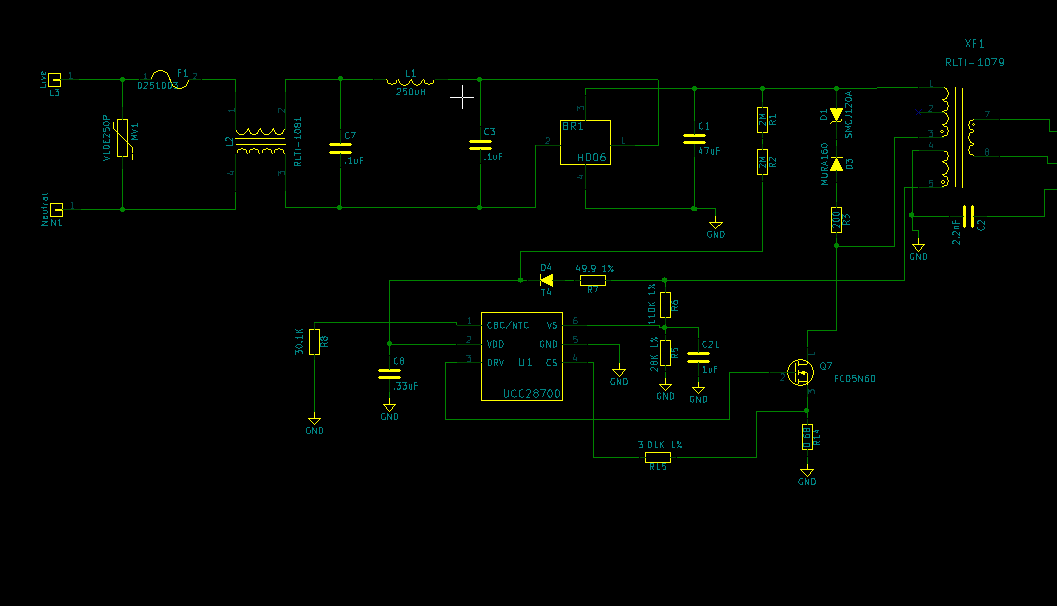I am using the UCC28700 chip for a 5V 4.2A circuit. Every time I try to turn the circuit on the RCS resistor blows up. What could the potential problems be? I will add my schematic. The resistor value is R14 in my schematic. 
-
Ask a related question
What is a related question?A related question is a question created from another question. When the related question is created, it will be automatically linked to the original question.


